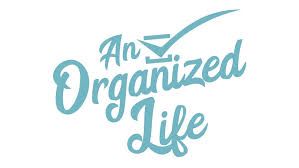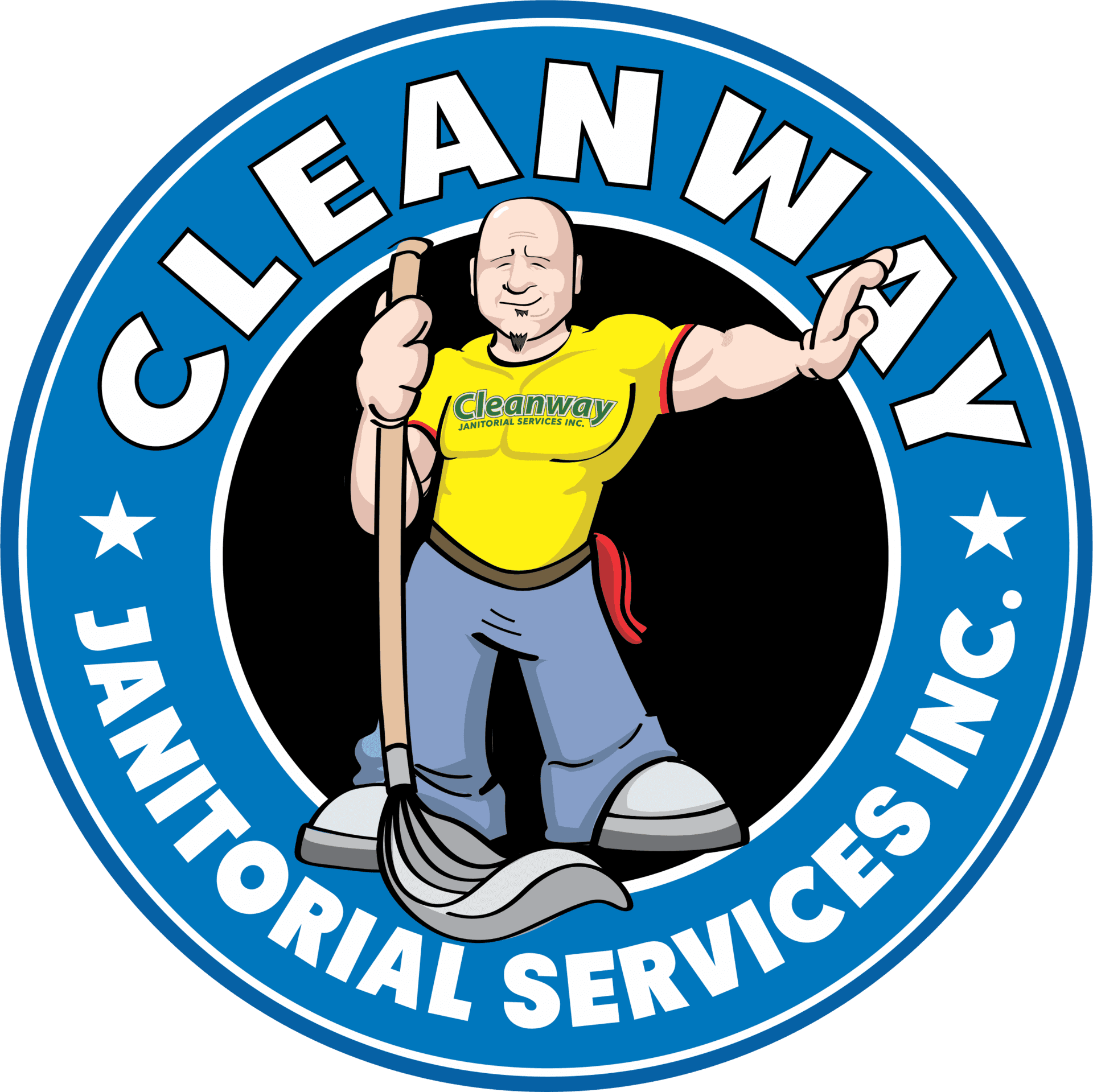Commercial Cleaning and Sanitizing
Jeff Volinsky • September 26, 2022

Commercial Cleaning and Sanitizing
You probably hear it constantly: “We’re still in a pandemic,” or “It’s not going away.” If you weren’t born yesterday, you’d find that while health restrictions have eased up amidst COVID-19’s decline, sanitization is more prevalent an issue than ever.
You might be thinking, “What about hand sanitizer?” While “sanitizer” is in the name, these products are out of the EPA’s hands and are watched by the FDA. These fluids are considered effective when equipped with 60% alcohol and work in a pinch, but not on the overarching level of professional services.
The workplace has become an epicenter for potential infection of COVID-19
and other viruses. Employees can bring in sicknesses wherever they may have gone outside office hours. As the office manager, you must keep your hard-working constituents out of harm’s way so they might maintain their health, their families can stay healthy, and productivity. Unsanitary workplaces could also face fines from OSHA, and nobody wants that. Since 2020, cleaning services have increased as they are now more imperative than ever. But does your cleaning provider understand the differences between cleaning, sanitizing, and disinfecting?
In your searches for commercial solutions, it’s essential to know the differences between cleaning and sanitizing. See below why you should consider cleaning and sanitizing solutions from commercial cleaning and janitorial services and how you can determine the best fit for your organization.
The Cleaning, Sanitizing, and Disinfecting Process
At first glance, cleaning, sanitizing, and disinfecting
are similar. The truth of the matter is there is no one-size-fits-all solution. Cleaning and sanitizing are each two sides of the same coin; one acts as a necessity for the other. These are each part of a three-step cleaning process. Each step relies on or overlaps with the one before it. Note that one part of this process does not replace the other.
Cleaning
Cleaning is the removal of physical dirt and unsightly specimens from a surface. This is useful for extracting visible debris from a surface, but the job is far from over. These materials leave behind harmful microscopic lifeforms, microbes, or chemicals that continue to render the surface unsanitary.
Cleaning and janitorial professionals resort to deep cleaning and basic processes like sweeping, mopping and vacuuming before sanitizing and disinfecting. As the surface-level portion of the process, cleaning is more about appearance. That doesn’t mean it isn’t important. A more inviting fascia is a sign of a trustworthy company. It helps keep employees and clients comfortable. No one wants to conduct business in an office rife with crumbs and mud. That said, the cleaning tools might remove some germs and viruses, but when the main goal is maintaining an appearance and nothing less, it’s time to step forward into sanitizing.
Sanitizing
You’ve got the office clean, and it looks great. But the infectants are still there. You don’t want the trust built from a clean appearance to end at the surface level. You’ll want the place to be as healthfully good as it looks. Unfortunately, bacteria and viruses aren’t visible to the naked eye, and cleaning can only do so much to make them go away. Sanitization is the process of removing germs and infectants from the surface to a healthy level using methods that cause minimal damage to surfaces. Think about the removal properties of cleaning, but on a microbial scale.
There are a few different approaches to sanitization:
- Natural sanitization involves mixes of ingredients like lemon juice and white vinegar. These are particularly useful in residential settings, but commercial sanitization goes beyond home remedies.
- Chemical sanitization involves using materials like iodine, bleach, and quaternary ammonium that kill bacteria. These chemicals attack lifeforms by breaking down proteins and cellular membranes. Chlorine is among the most commonly used chemicals as it is inexpensive and effective. The EPA and FDA regulate chemical sanitizers, but not to the degree of disinfectants. Sanitizers are diluted to prevent them from causing further harm to surfaces, but just enough to prevent bacteria from being harmful.
- Heat sanitization kills pathogens using heating methods, like hot air or water, energized at 171°F. Water shouldn’t be more than 200°F, as this will convert the water into vapor and impede sanitization.
You might be thinking, “What about hand sanitizer?” While “sanitizer” is in the name, these products are out of the EPA’s hands and are watched by the FDA. These fluids are considered effective when equipped with 60% alcohol and work in a pinch, but not on the overarching level of professional services.
Disinfecting
The third stage of the cleaning process, disinfecting, is the most effective solution in the presence of harmful microbes. These powerful tools kill bacteria and viruses across a broad scale. Think of all the products you’ve seen in stores that say, “Kills 99.9% of bacteria,” commonly found on disinfectant wipes. As mentioned earlier, many disinfectants, such as bleach, are also used as sanitizers. Where they differ is the amount diluted in the mixture, although, similar to sanitizers, disinfectants don’t kill microbial spores, giving bacteria a scant chance of reproducing. Disinfectants for use in food prep areas exist, but these should always be verified as having food-safe chemicals before use. Disinfectants are used in the presence of bodily fluids, including sweat and mucus. Application of a disinfectant should remain for about 30 to 45 minutes for maximum effect.
The FDA and the EPA bear down further on disinfectants than sanitizers. Disinfectants undergo vigorous tests and are EPA registered before use. Put simply; disinfectants are the only substances approved by the EPA to kill bacteria on hard, non-porous surfaces. Disinfected surfaces mustn’t make direct contact with food. The chemicals used in disinfectants are highly effective at killing microbes but can be harmful to humans if used in excess—hence why disinfectants are under close watch by government health organizations.
Disinfecting advancements have led to exciting scientific solutions, such as electrostatic disinfection. Think of this method as the anti-droplet technique. Pre-cleaning is used on high-risk surfaces before subjecting them to electrostatic foggers. When released, these highly charged particles cling to infected surfaces to provide touchless, 360-degree disinfection. Like traditional disinfecting solutions, this takes 30-45 minutes before the job is done while being more effective and thorough as it spreads throughout the area, clinging on surfaces that would otherwise be tougher to disinfect
Another point of note is that disinfecting should not be confused with sterilizing. Sterilizing involves complete microbial destruction. This includes the bacterial spores that the disinfectants miss, eliminating any chance of microscopic life remaining.
Disinfecting vs. Sanitizing
This is where the terms can get muddied up. Given the similar ambition of these two actions and the age of coronavirus, the lines between “sanitizing” and “disinfecting” have blurred. The primary differences are the scales and volatility of chemicals. Because they are more diluted, regulations on sanitizing are less stringent than those devoted to disinfecting. The two occasionally have cleaning agents in common; however, this does not supplant commercial cleaning methods. If someone has entered the workplace sick, the best action is to disinfect the area as soon as possible before the sickness spreads.
What commercial cleaning and sanitizing provider works for me?
To find the best-fit cleaning service
for your organization, research the day-to-day operations around the property. Cleaning, sanitizing, and disinfecting needs vary with:
- The type of industry
- Ventilation and environmental regulations of the building
- Current health risks
- Higher risk occupants
- The amount and type of traffic your business yields
- Is your organization the subject of dirt and grime? Is it an office setting? Is it an area of food preparation? Did an employee enter work with COVID-19? Make sure your cleaning provider suits your needs, and don’t pay for services you need less than others.
- Sanitization providers should be beyond deep cleaning. Look for professionals geared towards biohazard prevention and environmental health and safety. Surfaces that should be disinfected regularly in a professional environment include:
- Soft surfaces: Curtains, chair cushions, rugs, and carpets
- High-touch surfaces: Door handles, elevators, and bathroom equipment
- Electronic equipment: Telephones, keyboards, tablets
Wrapping It Up
When exploring methods for cleaning and sanitizing your home or organization, the most reputable firms understand the cleaning process steps and apply them when necessary. Once again, this is a multi-step, multi-level process, and no all-encompassing solution exists. Ensure that the service provider knows how the cleaning, sanitizing, and disinfecting methods differ and overlap. Cleaning removes debris and a few germs, sanitizing reduces the number of germs to a healthy level, and disinfecting kills germs and viruses but does not remove them or debris. These service providers should be well-equipped to attack these processes with FDA-approved and EPA-regulated tools and methods.
View the three-step cleaning process as a guide, each step—cleaning, sanitizing and disinfecting—being more necessary than the next. These vary by site. You’ll want things like doorknobs, keyboards, and toilets disinfected more often than carpets, drapes, and floors, typically cleaned at the least and sanitized at the most. This changes when a contagion has entered the picture, and disinfectants must take hold. Manage your services accordingly and ask your janitorial providers what might work best.
Hiring a commercial cleaning
and janitorial firm should assure you that your cleaning, sanitizing, and disinfecting needs will be met. The proper research should be done on your business to determine the best solution for the workplace. Work will not only look nicer, but it will also be safer, too. Remember, it’s your workspace, too. You’re not just respecting your clients and employees; you’re also respecting yourself.

It is not uncommon to find dirty carpets and floors in commercial buildings. This does not mean the facilities floor care providers are giving a poor service. The occupants responsible for the carpets and floors in their building are not always floor care experts. In most cases, they do not know much about taking care of the floor or protecting it from further damage. They were given no instructions on how to take care of it. When ignoring floor care issues for as long as possible the result is floor damage, dirty floors and carpets. There is an easy remedy. The first thing is to find a service provider with the expertise to assess your buildings floor surfaces and carpets and explain what needs to be done. They will also call attention to floor care issues that will present problems in the future and how to avoid this from happening. The second thing is to administer a proper floor care plan on a regular basis that will keep your facilities floors and carpets presentable and looking great.

There are many reasons why commercial cleaning services can clear the way for you to manage your time and money efficiently. Take a look at them below: Structural Integrity: One of a professional cleaning firm’s primary duties is to maintain structural integrity throughout the property. Things like flooring,










